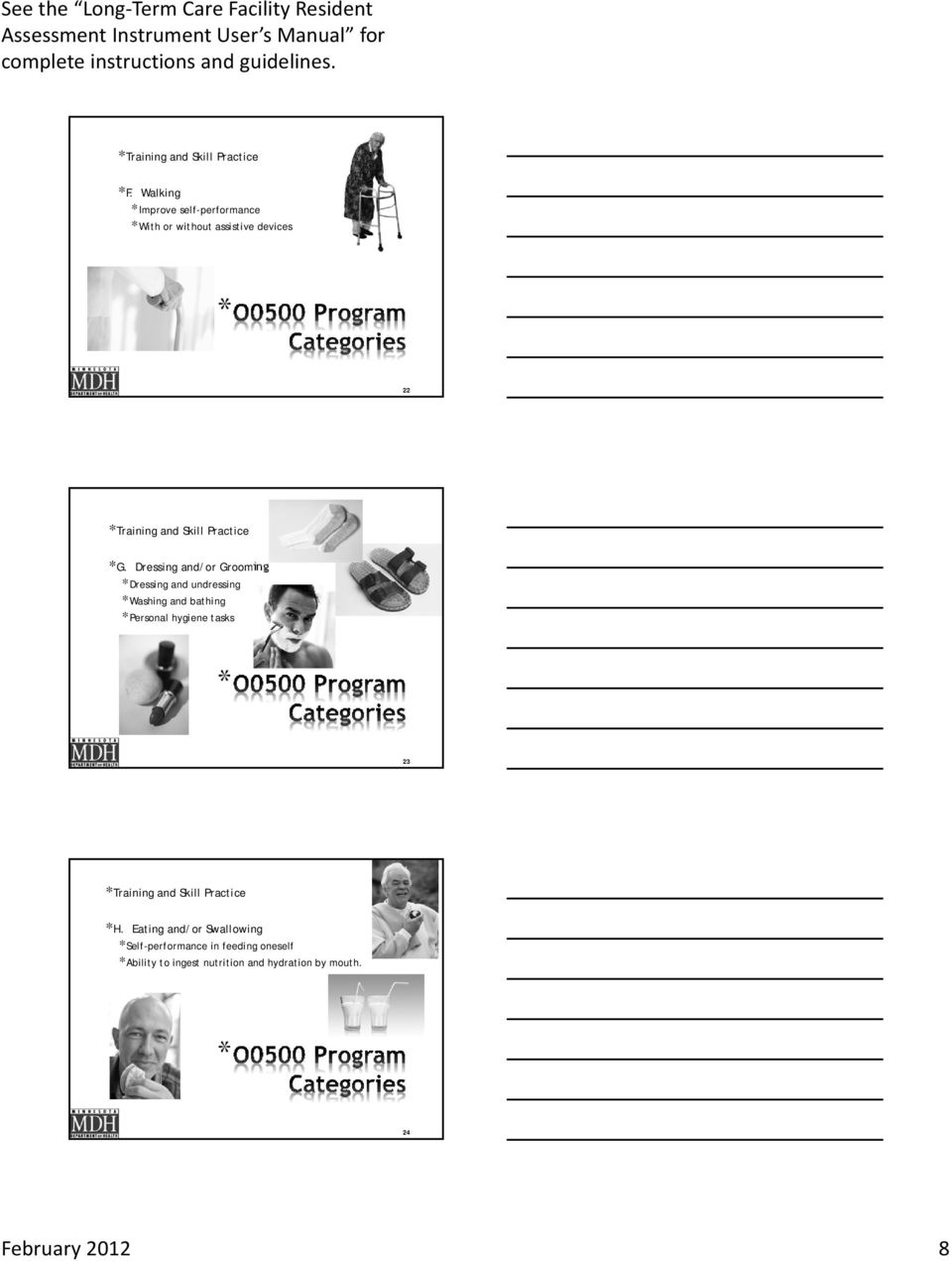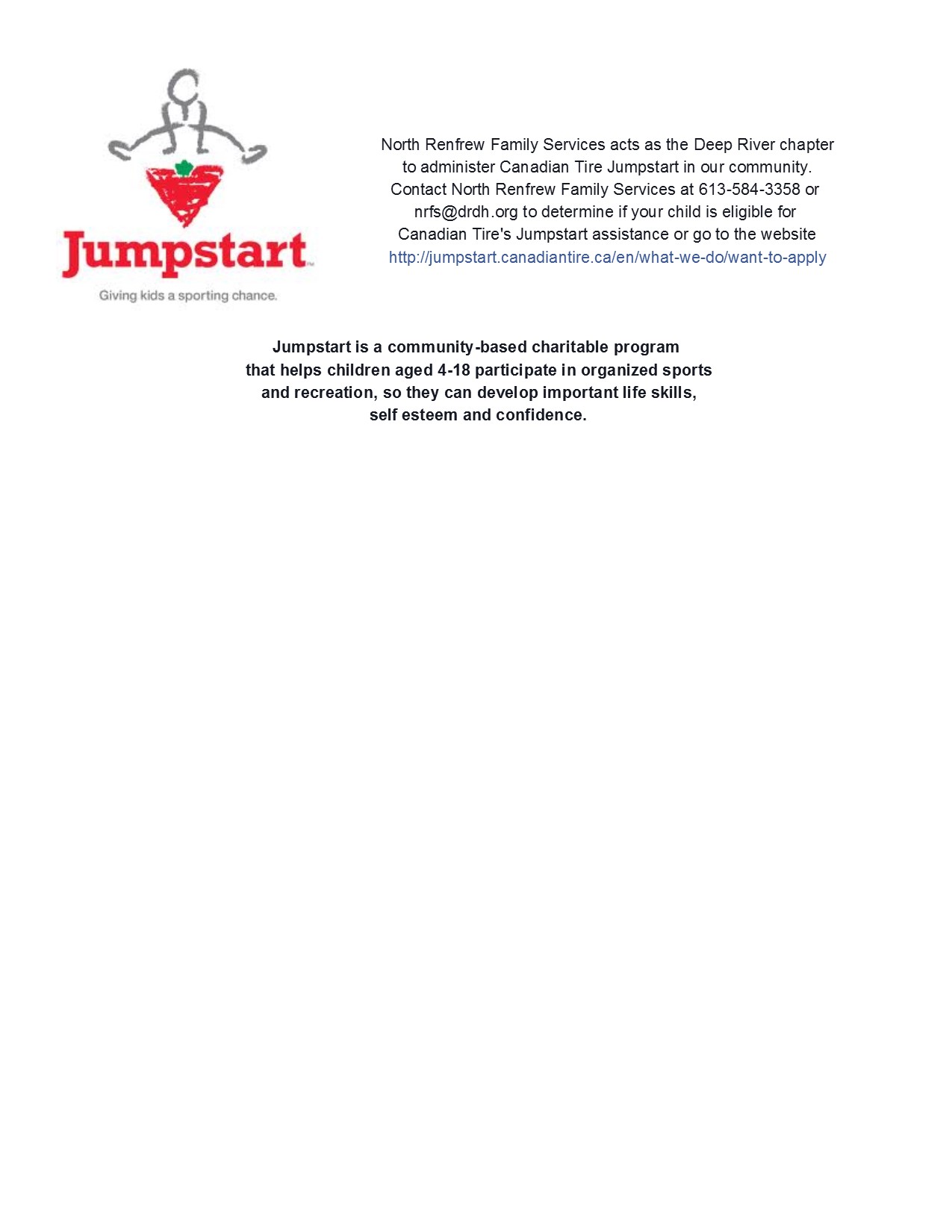
Documentation Standards for Wounds in Long-Term CareWechsler intelligence scale pdf. 7/10/2018 Download ktm 65sx engine manual. Haynes repair manual 150cc engine download. Scooter repair manuals. Learn how to fix your scooter and master scooter mechanics the easy way with a Haynes scooter repair manual. From routine maintenance to DIY engine repairs, our step-by-step walkthroughs take the stress out of servicing your scooter.
The Social Security Act mandated “the establishment of minimum health and safety standards that must be met by providers and suppliers participating in the Medicare and Medicaid programs”. The Centers for Medicare and Medicaid Services (CMS) has been tasked by the Secretary of the Department of Health and Human Services (DHHS) to administer these programs and ensure compliance. CMS therefore provides regulatory guidance to providers and suppliers through a document known as the State Operations Manual (SOM). Appendix PP of the SOM contains, among other items, minimum standards for wound care documentation in the long-term care setting. (4) These standards are specifically found in Section 483.25 of Appendix PP of the SOM which gives rise to multiple F-tags, including the F-tag 686 (F686: Treatment/Services to Prevent/Heal Pressure Ulcers) and the F-tag 684 (F684: Quality of Life). F686 specifically addresses the minimum assessment, daily monitoring, and weekly documentation requirements when a pressure ulcer/injury is present. F684 then addresses documentation requirements for any skin ulcer/wound. (3,5) In addition to the SOM, other regulatory documents, such as the Resident Assessment Instrument (RAI), provide guidance to providers and suppliers on minimum wound documentation and reporting requirements in long term care. As such, it is important to be aware of these various documents and comply with the directions for each.(1,3) RECOMMENDATIONS: To help ensure compliance regarding care provided, a facility should make sure their documentation meets or exceeds, the requirements set forth in the F686. These requirements can be distilled down into three main elements: assessment, daily monitoring and weekly documentation. It is important that the facility have a system in place to assure that the protocols for daily monitoring and for periodic documentation of measurements, terminology, frequency of assessment, and documentation are implemented consistently throughout the facility for all wound types. The minimum content of each element is outlined below. F686 – Pressure Ulcers/Injuries It is important that each existing pressure ulcer/injury be identified, whether present on admission or developed after admission, and that factors that influenced its development, the potential for development of additional injuries or for the deterioration of the pressure ulcer/injury be recognized, assessed and addressed. Any new pressure ulcer/injury suggests a need to reevaluate the adequacy of the plan for preventing pressure ulcers/injuries. When assessing the ulcer/injury itself, it is important that documentation addresses:
F684 – Non-Pressure Ulcer/Injury Wounds Residents may develop various types of skin ulcerations. At the time of the assessment, clinicians (physicians, advance practice nurses, physician assistants, registered nurses and certified wound care specialists, etc.) should document the clinical basis for any determination that an ulcer is not pressure- related, especially if the injury/ulcer has characteristics consistent with a pressure ulcer, but is determined not to be one. At minimum, documentation should address:
It is important that the facility have a system in place to assure that the protocols for daily monitoring and for periodic documentation of measurements, terminology, frequency of assessment, and documentation are implemented consistently throughout the facility. When a pressure injury is present, daily monitoring, (with accompanying documentation, when a complication or change is identified), should include:
The amount of observation possible will depend upon the type of dressing that is used, since some dressings are meant to remain in place for several days, according to manufacturers’ guidelines. With each dressing change or at least weekly (and more often when indicated by wound complications or changes in wound characteristics), an evaluation of the pressure ulcer should be documented. At a minimum documentation, in the medical records, should include the date observed and:
Photographs may be used to support this documentation, if the facility has developed a protocol consistent with accepted standards (e.g., frequency, consistent distance from the wound, type of equipment used, means to assure digital images are accurate and not modified, inclusion of the resident identification/ulcer location/dates/etc. within the photographic image, and parameters for comparison). Download this article here. REFERENCES
11/1/2018 01:51:43 am Thanks for this blog, having such crucial information is important for common people as well. Leave a Reply. |
Long-term Care Facility Resident Assessment Instrument User's Manual 3.0


Long Term Care Facility Resident Assessment Instrument User's Manual 2016
Masterplug 7 day electronic timer user manual. CHAPTER 2: ASSESSMENTS FOR THE RESIDENT ASSESSMENT INSTRUMENT (RAI). More than 14 days on a unit of a facility that is certified as a long-term care facility for. What is carbon monoxide alarm. (described in detail in Chapter 4 of this manual). The care plan completion date (Item V0200C2) must be either later than or the same date.